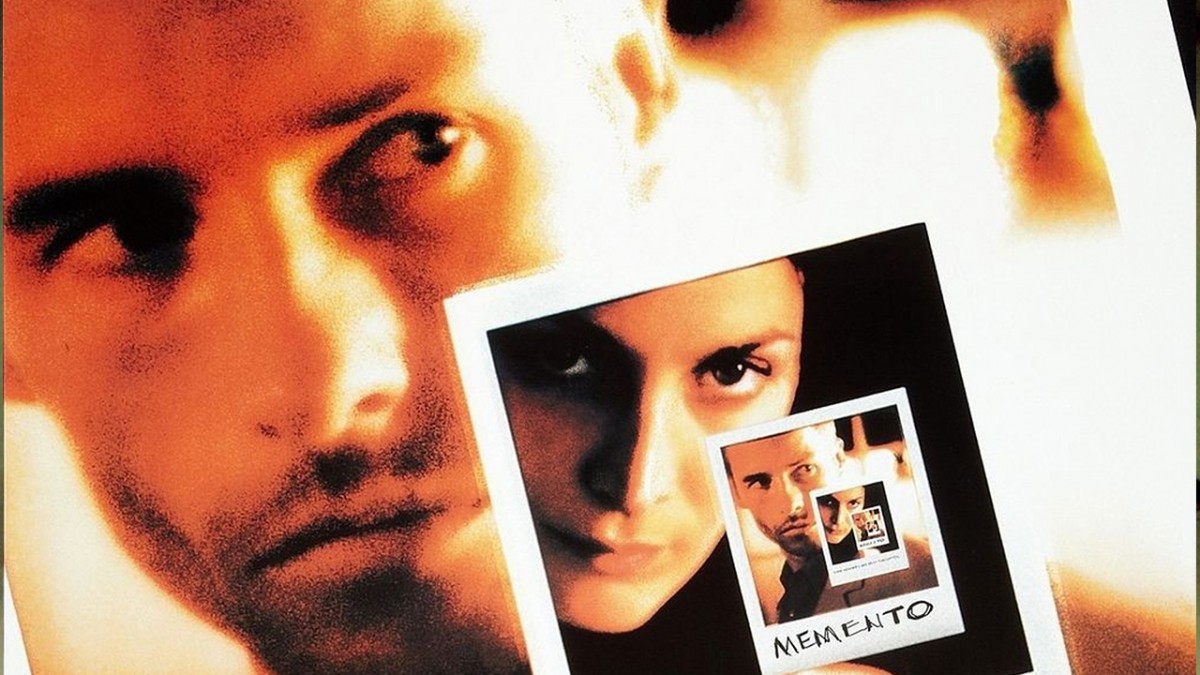
A complicated storyline can be a masterful achievement when created properly. Of course, you can look at cryptic films like The Mirror and see the challenge there. However, this list is looking at something a bit different. These films work more like a maze. They may not be as difficult as you’d imagine, or they could be even more extreme than you pictured.
The main connection here is that these following films are labyrinthine in some sort of way. They can have multiple plots that connect in tiny ways. They can be mysteries that run around in circles but somehow still make sense. There is a starting point, a difficult way to work your way around, but a solid conclusion that makes the entire trip understandable. Before I make my introduction any more convoluted, here are ten great films with maze-like plots.
1. Blood Simple
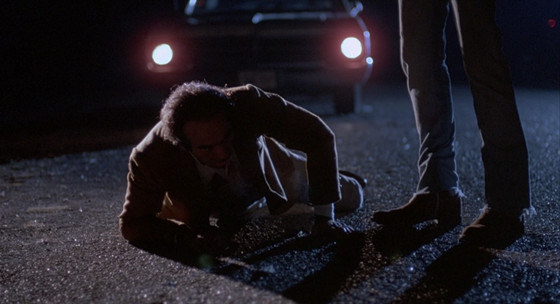
The Coen Brothers are the experts of bringing screwball confusion to the majority of their films, whether they are funny or not. Burn After Reading and Fargo are complete shitshows when it comes to the amount of chaos that is going on. No Country for Old Men is a cat-and-mouse chase that goes off the rails. What even is The Big Lebowski aside from a series of events over nothing?
Blood Simple is perhaps the closest to authentic noir that the brothers have been. It’s more like a series of chaotic events that make each last event all the more difficult; this creates a highly unpredictable climax.
With so much of the film being spawned by anarchy, there was no sure direction to even begin with. By the end, you may not even know how you got there. That’s life with its unpredictability, though. Blood Simple is less like a maze and more like a maze runner breaking down the walls to get out.
2. The Big Sleep
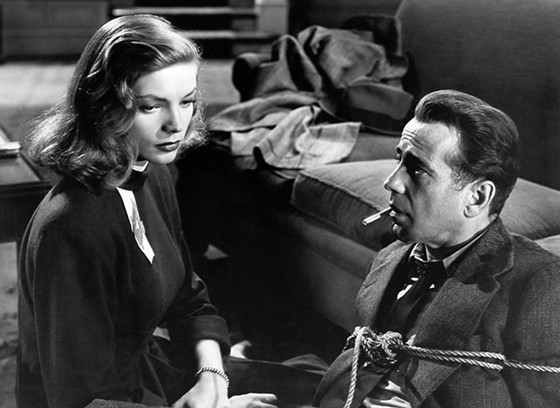
Howard Hawks is another example of a director that likes to keep things up in the air as much as possible (all while still making sense in the end). The Big Sleep is a great noir film that keeps its audience in suspense the whole time. In fact, it was so chaotic that – rumour has it – an entire plot point was completely misunderstood by Hawks and the three writers of the film.
The fate of the chauffeur (Owen Taylor) was not debated on in any way, but instead was flat out not known at all by anyone. Was his death at his own hand or that of another? All four people had no idea what the actual answer was. With all of the other plot points going on as well, it’s difficult to be sure of anything the first watch through. Throwing off the actual creators of the film is a whole new level of confusion.
3. Infernal Affairs
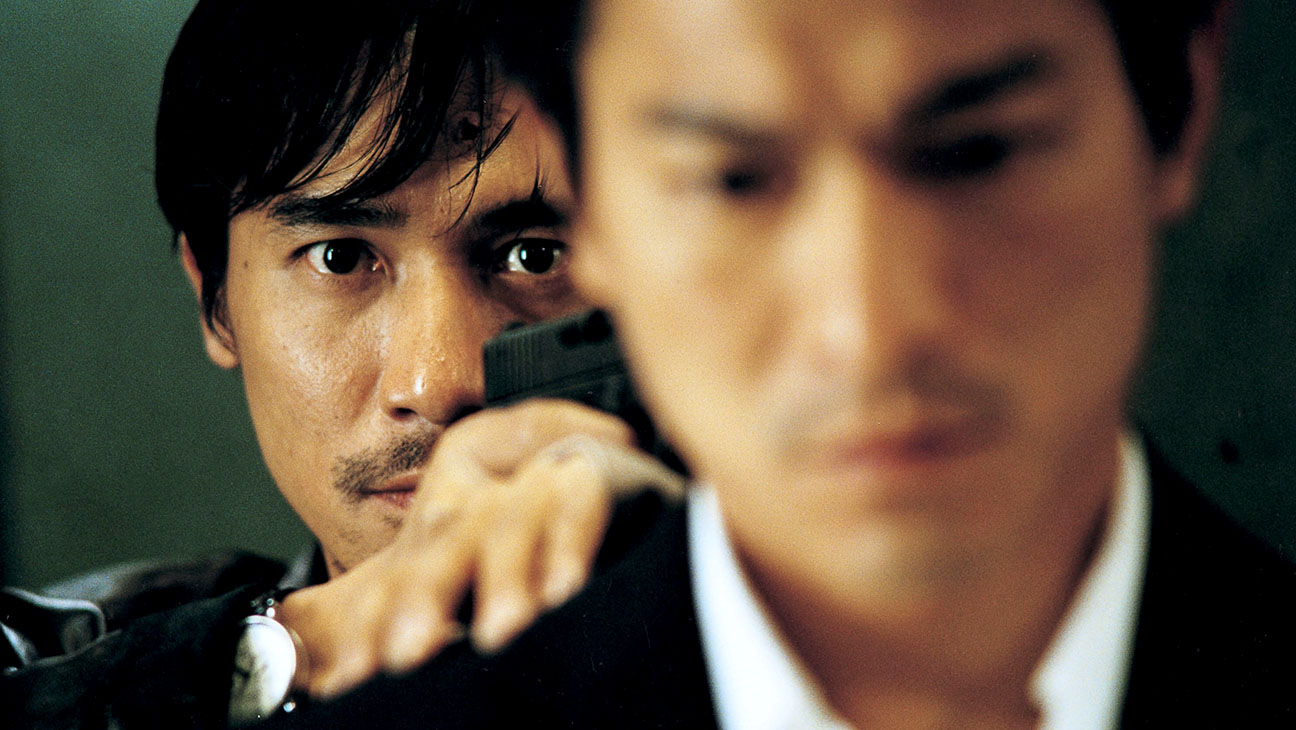
The Departed can fall here, but let’s focus primarily on the solid source material. You have two moles: one cop submerged in the dark underground and a criminal hiding in the police force. The film is brilliant, because the vast majority of it is dramatic irony. We know the whole scope when it comes to the film’s bare basics (who most of the characters are, what their positions are), but none of the characters know the entire scenario.
Of course, some of the film gets revealed to us as it goes on, but a good chunk of the duration is watching each player trying to move an extra step ahead as if this were a game of chess with each player blindfolded. There is no cat-and-mouse: this is strictly rat-on-rat. Both Lau and Chan chase and run at the exact same time. This is not an aimless sprint, but Infernal Affairs certainly is an exhilaration that gets scarier as it goes on.
4. Magnolia

This is one specific day. We watch at least a dozen different stories at once, with many players leading their own stories (and supporting others). Some stories overlap: a former childhood quiz hero views the new iteration of the show with despair, where the host of that current season is battling an illness and existential crisis (trust me, this is not even the tip of the iceberg).
Every single story connects to the greater whole in some sort of way, and the links are pretty obvious in nature. Once we reach the third act, where the whole idea of coincidence (and, in particular, the serendipitous absurdity that comes with them), we get a whole new perspective of the people affected in Magnolia.
This isn’t the sewing-together of many different citizens. This is the setting up to how these people react to one of the weirdest events of their lives. They just so happen to all connect.
5. Memento
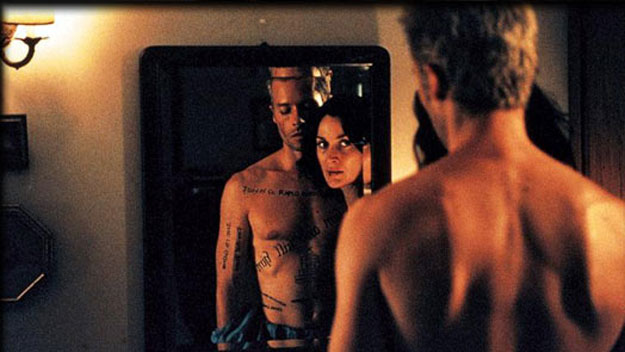
Christopher Nolan has many obvious examples of this, as he infamously cannot keep just a straightforward story (but who’s complaining?). Inception is a simple heist film told through a plethora of levels of our subconscious. Interstellar leaps through time because of the unreliability of relativity. Even Dunkirk was told through three different stories going at different speeds.
Memento is the most obvious example, because we witness a man dealing with short term memory loss in such a unique way. The film runs backwards and forwards at the same time, with the finale being the actual middle of the story. We slowly learn more about the film’s characters and story this way, as if we have fading memories ourselves. Everything ties together in the end, but most likely not in the way you expected your first trip through.